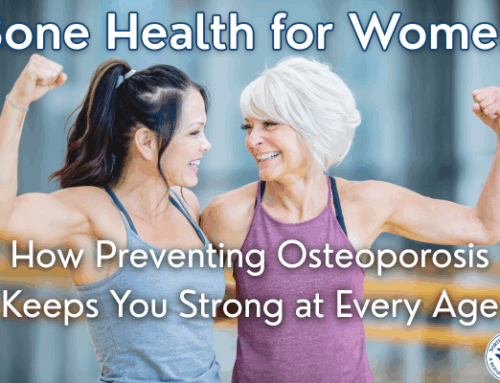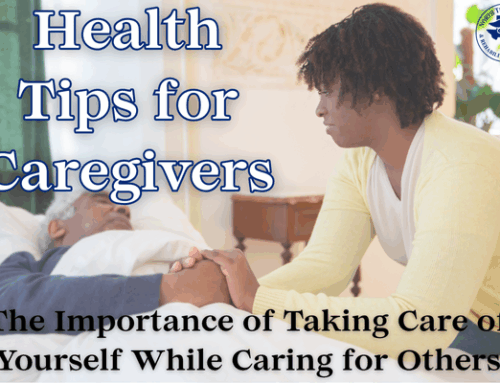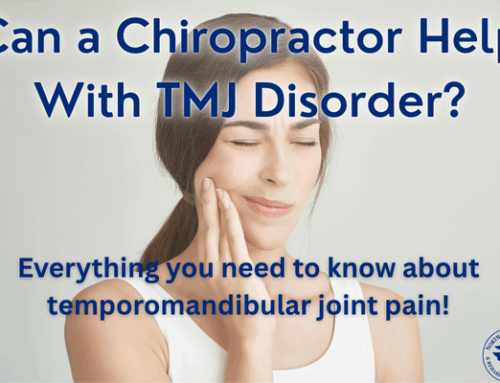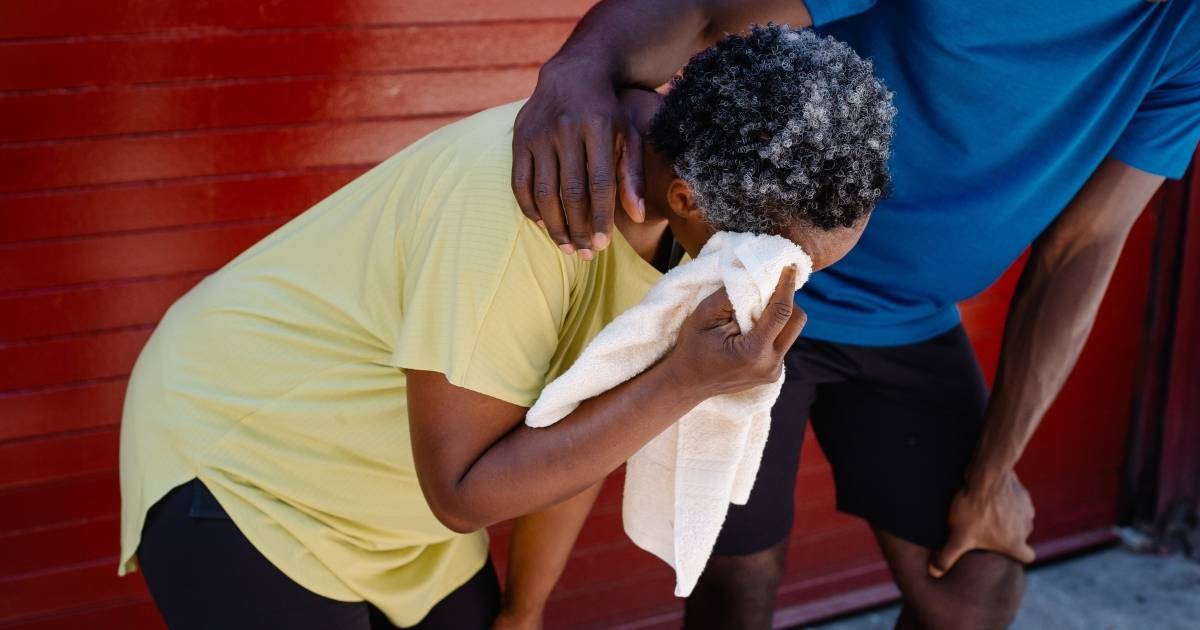
Summer is an exciting time of freedom and adventure for both kids and adults. But it can also be dangerous, especially in a state as hot as Texas. Heat-related illness is a genuine concern; the more you know about it, the safer you and your family will be.
If you’ve never heard the term ‘heat-related illness,’ it refers to a series of conditions that people (and pets!) experience due to exposure to high temperatures.
Heat stroke, the most commonly discussed, is the most severe and deadly. However, knowing about the other heat-related illnesses can help you treat them and prevent them from getting worse.
The First Signs of Heat-Related Illness
The untimely death of former Dallas Cowboys running back Marion Barber III is a tragic reminder that heat stroke can happen to anyone. It can even occur hours or even a couple of days after exposure to extreme heat.
Fortunately, if you know what to look for, you can prevent this severe condition.
Heat exhaustion, which occurs before heat stroke, has many signs and symptoms to look for. Those include:
- Heavy sweating
- Nausea
- Thirst
- Weakness and/or dizziness
- Cool, clammy skin
- Headache
- Fast breathing and/or increased heart rate
- Muscle cramps
- Possible mild confusion or irritability
If you notice any of these symptoms in yourself or someone else, act fast to prevent them from worsening.
Symptoms of heat stroke include extreme fatigue, hot and dry skin, altered mental state, seizures, and loss of consciousness.
But quick thinking and prompt treatment can stop these from happening.
Treatment for Heat Exhaustion
When you or someone else exhibits signs of a heat-related illness, the first step is to stop what you’re doing, rest, and move to a cooler area.
Find shade, go indoors, or sit in front of a fan or strong breeze. You may also consider removing or loosening clothing as appropriate.
If quickly moving to a cooler area isn’t possible, you can start the cooling process with wet rags, misting with a spray bottle, or pouring water on your clothes. Get in the water if you get too hot at the beach or pool; you’ll feel almost instant relief.
The next step is to hydrate.
Any time you are outdoors or active in higher temperatures, you should have cool or room-temperature water and sports drinks with you. Staying hydrated can help prevent heat-related illness, but it’s critical if you start experiencing symptoms.
In addition to drinking, you can also replenish electrolytes with foods such as bananas, watermelon, avocado, oranges, and yogurt. However, if cooling off and hydrating doesn’t make you feel better within an hour, see your primary care physician or call 9-1-1.
Who is Most Affected by Heat-Related Illness?
While some people are more likely to be affected by high temperatures, anybody can get heat exhaustion. That’s one of the reasons hydration is so important.
However, the most vulnerable groups for heat-related illnesses are children younger than four, adults older than 65, people who are overweight, and those on certain medications such as diuretics, beta-blockers, and antihistamines.
Drinking alcohol can also increase your risk of heat exhaustion.
Highly active people also have a higher chance of developing these conditions. When you exercise or work outdoors, especially during the summer, you should try to drink 7-10 ounces of water every 20 minutes that you are active.
And be sure to drink plenty of water both before and after.
Other Types of Heat-Related Illness
Aside from being plain miserable, hot temperatures can affect you in ways other than heat exhaustion or stroke.
Although treatments for these are mostly the same (rest, cool off, hydrate, and see a doctor when necessary), these conditions are more specific and might not necessarily lead to heat stroke.
That said, they shouldn’t be left untreated. While some are just uncomfortable, others can have serious consequences if ignored.
Heat Rash
The mildest heat-related illness is heat rash.
It can definitely be irritating, but it is unlikely that a heat rash will lead to anything more serious as long as you allow it to heal.
Most heat rash occurs on the neck, upper chest, or areas with friction from clothes or skin-on-skin, such as your armpits or groin. It happens because of the combination of sweat and friction on the skin.
To prevent heat rash, use a powder, such as Gold Bond, in these areas or any place you’ve experienced it before. (For a popular and hilariously named talc-free, anti-friction powder, click here.)
If you develop a rash, keep it clean and dry. When possible, avoid continued heat exposure and sweat until it heals. Also, avoid using creams or ointments because they retain moisture, preventing it from healing quickly.
Heat Cramps
If you’ve ever gotten a stitch in your side while working outside or exercising, that may have been a heat cramp.
These can be a symptom of heat exhaustion, but heat cramps can also occur when you are otherwise fine.
As you sweat, your body loses salt. When it loses too much, your muscles can cramp. Sometimes, they can be extremely painful.
Hydration and electrolyte replacement are vital to avoid and treat heat cramps.
If you work in the heat, try to eat a light snack or drink 5-10 ounces of a sports drink (such as Gatorade) every 15-20 minutes. This helps to replace salt loss.
You should also drink 4-6 glasses of water daily, possibly more during periods of heavy sweating.
If your heat cramps become too severe to handle or don’t stop within an hour of resting and drinking, get medical help.
Rhabdomyolysis
Muscle cramps are usually temporary and resolve quickly with rest and hydration.
But sometimes, they can lead to a more severe form of muscle damage called rhabdomyolysis, or rhabdo for short.
This dangerous condition occurs when the affected muscles break down and release proteins and electrolytes into the bloodstream.
If it isn’t treated quickly, it can result in permanent muscle loss, disability, heart and kidney damage, and even death.
The symptoms of rhabdo include:
- Severe or excruciating muscle cramps
- Dark tea- or cola-colored urine
- Extreme fatigue or loss of strength
Some people don’t experience any symptoms for a few days after the injury. But regardless of when you experience signs of rhabdo, you should seek immediate medical care.
Your doctor will perform a blood test and other diagnostic exams to determine how severe it is and how it needs to be treated.
This treatment can range from rest and hydration for less severe cases to IV fluids and continuous monitoring for worse ones.
We don’t know all of the causes of rhabdo, but there are some things you can do to help prevent getting it, even if you have a physically demanding job or are very active in the heat.
- As with every other heat-related illness, stay hydrated. Keep electrolyte-rich snacks and drinks on hand.
- Stretch beforehand, and don’t push your body too far above its limitations.
- Take breaks and rest in cool areas when possible.
- Stay home and rest if you’re sick.
Possible Mental Health Challenges
Lastly, high temperatures may cause or worsen mental health challenges, such as depression and anxiety.
Scientists and statisticians are still studying this phenomenon, but there’s reason to believe that aggression, anger, and irritability may rise as temperatures go up.
One study has shown that crime rates tend to be higher when the temperature is above 85. Another outlines how the number of hate tweets significantly increases in hotter climates.
More research is needed on this subject, but staying cool might be in your best interest if you struggle with your mental health.
Catch Heat-Related Illness Early
Staying cool isn’t easy when temperatures are in the 90s and 100s. However, being outside and active has tons of benefits, making it a difficult problem to overcome.
But as necessary as it is for you to exercise, get some sun, and stay active, you have to know the limits.
Heat exhaustion and other illnesses can be quickly treated when they’re caught early. But they can have life-altering consequences if they’re not.
So whenever you and your family are enjoying the summer sun, remember to stay hydrated and look for signs and symptoms of heat-related illness.
If you believe you may be experiencing symptoms of a heat-related illness, consult your doctor as soon as possible.

